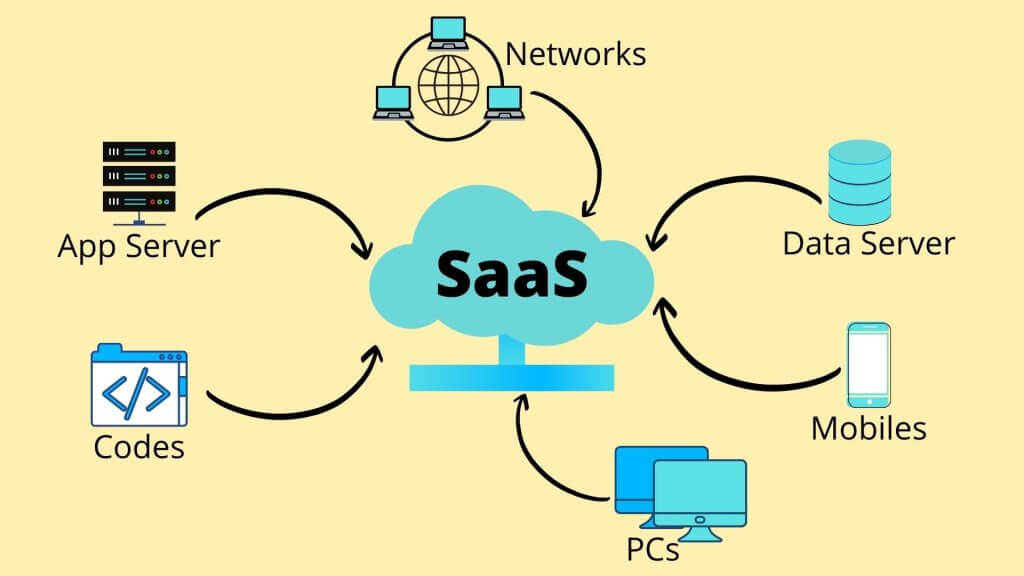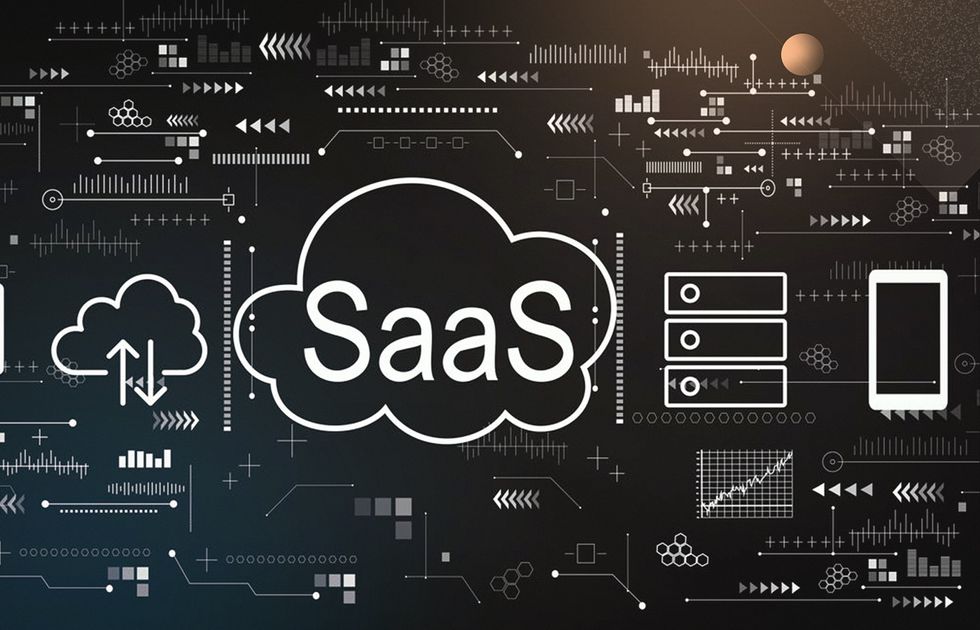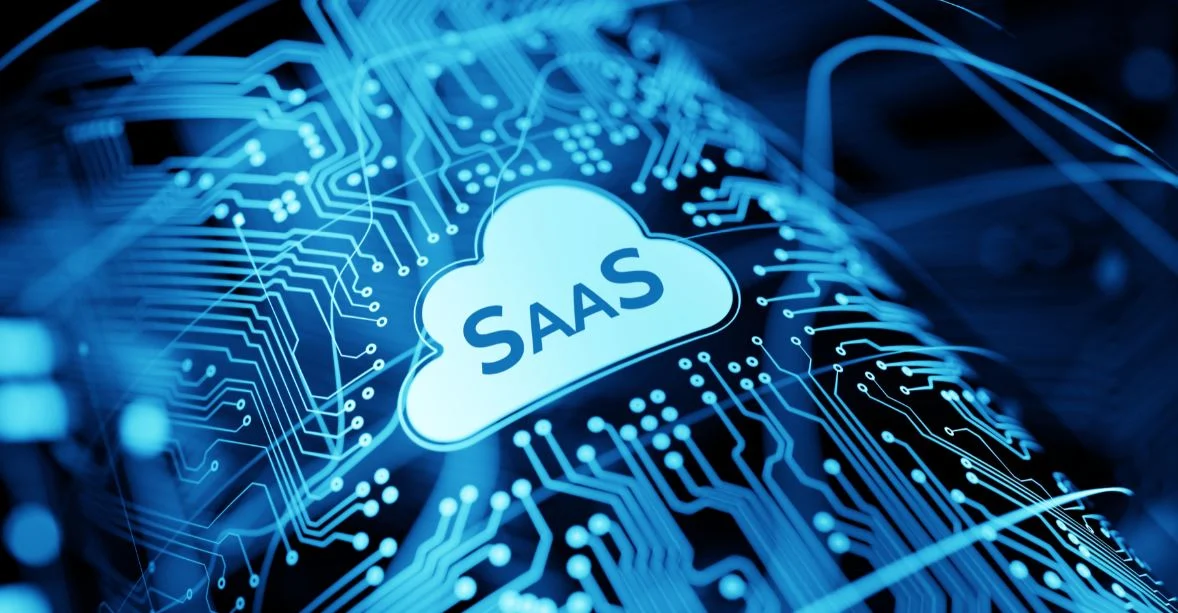Software as a Service (SaaS) has fundamentally transformed how we interact with technology, becoming the invisible backbone that powers much of our digital experience on the internet. From the moment you check your email in the morning to collaborating on documents with colleagues across the globe, SaaS applications seamlessly integrate into our daily workflows without us even realizing it.
At its core, SaaS represents a revolutionary shift from traditional software ownership to a subscription-based access model where applications live in the cloud rather than on individual devices. This transformation has democratized access to powerful software tools, enabling businesses of all sizes to leverage enterprise-grade applications without the massive upfront investments traditionally required for software licensing and infrastructure.
The beauty of SaaS lies in its simplicity and accessibility. Instead of purchasing expensive software licenses, installing complex programs, and managing updates across multiple devices, users simply log into a web browser and access fully-featured applications hosted on remote servers. This cloud-based delivery model has eliminated many of the technical barriers that once prevented small businesses and individuals from accessing sophisticated software solutions.
The impact extends far beyond convenience. SaaS has enabled unprecedented levels of collaboration, allowing teams to work together in real-time regardless of their physical location. It has also accelerated innovation cycles, as software providers can rapidly deploy updates and new features to all users simultaneously. As we look toward 2025, emerging trends like artificial intelligence integration and micro-SaaS solutions promise to further expand the possibilities of what cloud-based software can achieve.
Understanding the SaaS Model

Software as a Service operates on a fundamentally different principle from traditional software distribution. Rather than purchasing a physical copy or downloading software to install locally, SaaS delivers applications through the internet on a subscription basis. This cloud-based model means that all the heavy lifting—from server maintenance to security updates—is handled by the service provider, not the end user.
The technical architecture behind SaaS typically employs a multi-tenant approach, where a single instance of the software serves multiple customers simultaneously. This shared infrastructure model allows providers to optimize resources and reduce costs while maintaining data segregation between different users. Each customer, or “tenant,” accesses the same core application but with their own secure data environment.
Single-tenant architectures also exist, where each customer receives their own dedicated instance of the software. While this approach offers greater customization and control, it typically comes at a higher cost due to the increased resource requirements for the provider.
Key Advantages Driving SaaS Adoption
Cost-Effectiveness and Financial Flexibility
One of the most compelling aspects of SaaS is its pay-as-you-go pricing model. Businesses can reduce IT infrastructure costs by up to 30% through SaaS adoption, according to Deloitte research. This dramatic cost reduction stems from eliminating the need for expensive hardware purchases, software licensing fees, and dedicated IT staff for maintenance and updates.
The subscription-based nature of SaaS also provides predictable budgeting advantages. Instead of large capital expenditures for software purchases, organizations can spread costs over time through manageable monthly or annual subscription fees. This approach is particularly beneficial for small businesses that might otherwise be priced out of accessing high-quality software solutions.
Automatic Updates and Maintenance
Traditional software updates often require significant time and resources, potentially causing compatibility issues across different versions within an organization. SaaS eliminates these challenges by providing automatic updates and upgrades that are seamlessly deployed to all users. Users always have access to the latest features and security patches without any manual intervention required.
This automatic maintenance model significantly reduces the workload on IT teams, allowing them to focus on strategic initiatives rather than routine software maintenance tasks. The provider handles all backend operations, from server management to security protocols, ensuring optimal performance and reliability.
Enhanced Accessibility and Collaboration
SaaS applications can be accessed from any internet-enabled device and location, providing unprecedented flexibility for modern workforces. This accessibility has become particularly valuable as remote and hybrid work models have become more prevalent across industries.
Many SaaS applications are specifically designed with collaboration in mind, enabling multiple users to work on the same projects simultaneously. This real-time collaboration capability enhances teamwork and improves productivity by breaking down geographical barriers and enabling seamless information sharing.
Real-World SaaS Applications

Business Management and CRM
Salesforce stands as one of the most successful SaaS implementations, generating $34.8 billion in revenue in 2023. As a comprehensive customer relationship management platform, Salesforce demonstrates how SaaS can centralize customer data and provide accessible insights across entire organizations. The platform offers automation tools, customizable reporting, and a unified view of customer interactions that supports the entire sales lifecycle.
Entertainment and Media Streaming
Netflix revolutionized the entertainment industry by transitioning from a DVD rental service to a subscription-based streaming platform in 2007. With $33.7 billion in revenue in 2023, Netflix showcases how SaaS can deliver personalized content experiences through sophisticated algorithms that recommend content based on viewing history. The platform’s ability to provide offline downloads and exclusive original content demonstrates the versatility of SaaS applications.
Enterprise Solutions on Cloud Infrastructure
Major enterprises are increasingly building SaaS solutions on cloud platforms like AWS. BMC Software worked with AWS to develop a SaaS version of Control-M, their workflow orchestration tool, optimizing costs while improving business agility. CyberArk leveraged AWS SaaS Factory expertise to build its Identity Security Platform, reducing time to market by 30%. Cohesity achieved a 50% acceleration in time to market for their Data Management as a Service offering through AWS collaboration.
Future Trends Shaping SaaS in 2025
Artificial Intelligence Integration
AI remains one of the most significant SaaS trends for 2025, with machine learning capabilities becoming increasingly integrated into existing platforms. AI-powered SaaS solutions are enhancing customer experiences, improving product development processes, and enabling more accurate financial predictions. Machine learning specifically is driving automation in customer service, onboarding processes, and workflow management across various business functions.
Micro-SaaS and Specialized Solutions
The emergence of micro-SaaS represents a trend toward highly specialized, niche software solutions that address specific business needs. These smaller, focused applications often provide more targeted functionality than comprehensive enterprise platforms, allowing businesses to create customized software stacks that precisely match their requirements.
Enhanced Security and Compliance Focus
As SaaS adoption continues to grow, security and compliance have become paramount concerns. Providers are investing heavily in advanced cybersecurity measures, including encryption, regular security updates, and robust access controls. Many SaaS vendors now promise 99% or higher uptime guarantees, reflecting their commitment to reliability and security.
The Infrastructure Behind SaaS Success

The success of SaaS depends heavily on robust cloud infrastructure and edge computing capabilities. As applications become more sophisticated and user expectations for performance increase, SaaS providers are leveraging edge computing to reduce latency and improve user experiences by processing data closer to end users.
API connections continue to play a crucial role in SaaS ecosystems, enabling seamless integration between different applications and services. This interconnectedness allows businesses to create comprehensive digital workflows that span multiple SaaS platforms while maintaining data consistency and operational efficiency.
Low-code and no-code platforms are also gaining traction, democratizing software development by enabling non-technical users to create custom applications and workflows. This trend is expanding the SaaS ecosystem by empowering more organizations to develop specialized solutions tailored to their unique needs.
SaaS has evolved from a novel software delivery method to an essential component of modern digital infrastructure. Its ability to provide accessible, scalable, and cost-effective software solutions continues to drive innovation across industries, making it a cornerstone of how we experience and interact with technology on the internet today.




